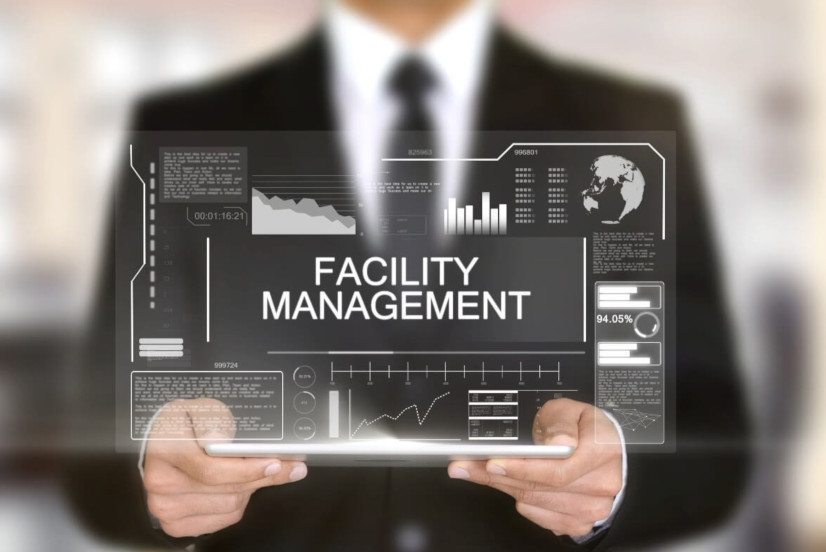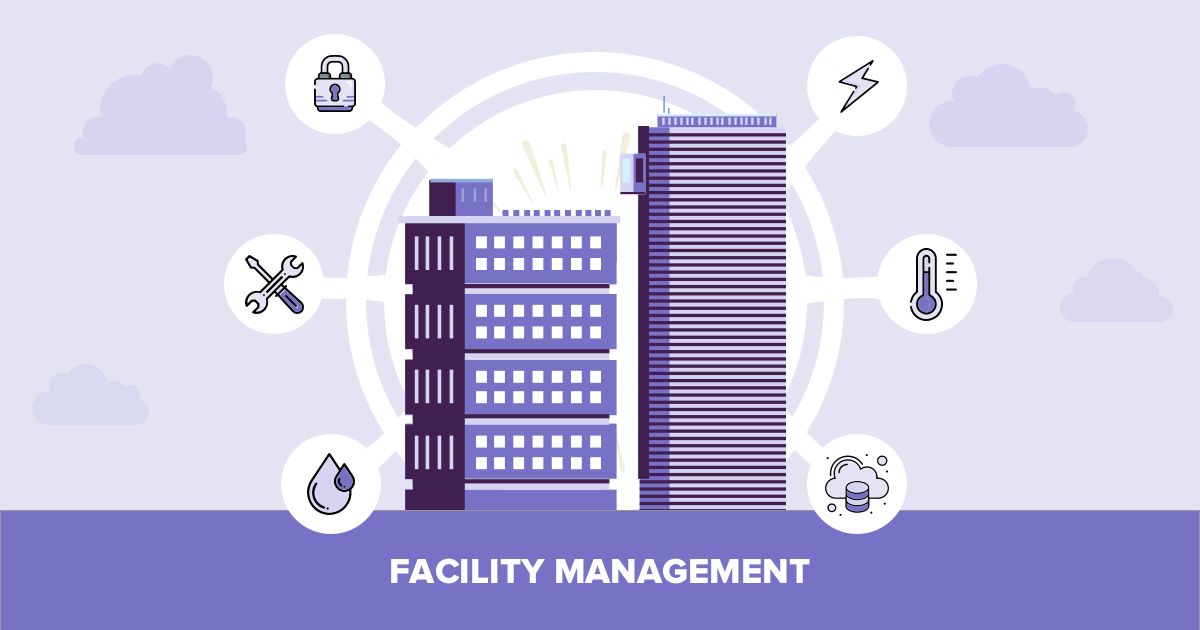The Crucial Guide to Facility Administration: Methods for Success
Center management plays a critical duty in the total success of a company, working as the backbone that sustains security, productivity, and efficiency. By utilizing calculated approaches such as integrated technical solutions and cultivating cross-departmental collaboration, companies can substantially improve their functional foundations. Nonetheless, the nuances of effective center monitoring extend past simple logistics and require an extensive understanding of both qualitative and quantitative metrics. As we explore these important approaches, a closer assessment reveals exactly how they can change not simply facilities, but the very society within an organization itself. What might these makeovers resemble in method?
Comprehending Facility Management
What constitutes efficient center management? Efficient facility administration encompasses the sychronisation of numerous organizational features to make sure that developed atmospheres are risk-free, reliable, and for efficiency. It incorporates the concepts of architecture, design, and organization management to produce a seamless functional circulation within a company.
Trick elements of center administration consist of area planning, upkeep monitoring, and compliance with health and wellness policies. Space planning concentrates on maximizing making use of physical sources to sustain organizational objectives, while maintenance monitoring guarantees that facilities are maintained in ideal condition, making the most of lifespan and decreasing functional costs. Conformity with legal and regulative criteria is vital, as it safeguards the organization against possible responsibilities and enhances its credibility.
Furthermore, reliable center administration relies on the tactical usage of modern technology, such as Structure Monitoring Solution (BMS) and Computer-Aided Facility Management (CAFM) tools. These technologies assist in real-time surveillance of building systems and simplify upkeep processes (Facility Management). Ultimately, a comprehensive technique to center monitoring not just promotes functional efficiency but likewise cultivates a positive atmosphere for staff members and visitors alike, driving total organizational success

Key Approaches for Optimization
Optimizing facility management requires a critical technique that aligns functional techniques with organizational goals. To accomplish this, the first vital approach is the execution of incorporated technical options. Utilizing innovative software systems allows for real-time monitoring of facility operations, helping with data-driven decision-making and enhancing total effectiveness.
Second of all, regular assessments of facility performance are necessary. Conducting routine examinations and audits allows center supervisors to identify locations that need renovation, making certain that sources are allocated successfully. This aggressive method aids in decreasing downtime and boosting service shipment.
Another essential technique is fostering cooperation across divisions. By encouraging open interaction in between groups, center supervisors can much better align their approaches with business objectives, resulting in boosted functional synergy. Additionally, involving staff in training programs promotes a society of responsibility and improves their capacity to add to optimization efforts.
Enhancing Security Procedures
Strengthening safety methods is important for producing a secure environment within facilities. A detailed security method not only safeguards site visitors and employees but also enhances functional effectiveness. Facility Management. To achieve this, center supervisors must perform routine danger analyses to recognize prospective hazards and make sure that ideal steps remain in place

In addition, clear communication channels must be developed to report safety issues quickly. This includes creating an obtainable system for employees to articulate possible dangers or cases without concern of retribution. Leveraging innovation can boost safety and security steps; for example, applying monitoring systems and access controls aids monitor facility activities and limit unauthorized access.
Finally, compliance with neighborhood regulations and sector standards is non-negotiable. Normal audits and evaluations of safety and security procedures ensure positioning with existing laws and finest methods. By prioritizing these approaches, facility supervisors can grow a culture of safety and security that shields all stakeholders and eventually contributes to the organization's success.
Improving Work Environment Atmosphere
A positive office setting significantly enhances employee spirits and efficiency, making it an important focus for center administration. To develop such an atmosphere, facility managers should prioritize several vital components, consisting of comfort designs, appearances, and employee interaction.
Ergonomic considerations are vital to lessen physical strain and discomfort. This entails giving flexible furniture, appropriate lights, and sufficient room for motion. These modifications can lead to lowered absenteeism and boosted work complete satisfaction.
Aesthetics play an essential role fit the work environment atmosphere. Using shade psychology, natural lights, have a peek at this site and plant can foster a welcoming and promoting setting. Attentively made spaces can increase creative thinking and boost overall wellness.
Furthermore, motivating worker interaction via comprehensive decision-making processes can enhance the sense of ownership and belonging. Collecting feedback on workplace enhancements and involving workers in the layout procedure can lead to a more customized atmosphere that fulfills their demands.
Finally, advertising well-being efforts, such as wellness programs and leisure spaces, can further add to a helpful workplace culture. By concentrating on these methods, facility supervisors can successfully enhance the office environment, driving both employee satisfaction and organizational success.
Determining Success in Facilities
Determining success in center management calls for a thorough technique that evaluates both qualitative and quantitative metrics. Quantitative metrics commonly include key efficiency signs (KPIs) such as room use rates, energy usage, maintenance expenses, and tenancy levels. These metrics supply a clear photo of operational efficiency and monetary efficiency, enabling center supervisors to recognize areas for improvement and standard against market requirements.
Qualitative metrics, on the other hand, concentrate on user contentment and worker engagement. Studies and responses devices can evaluate just how well the facilities satisfy the requirements of owners, helping to examine the overall workplace environment. This aspect is crucial, as a pleased labor force is often connected to increased performance and retention rates.
To effectively determine success, facility managers ought to likewise take into consideration incorporating innovation, such as constructing management systems and data analytics devices, to collect and analyze pertinent data. Routinely assessing both collections of metrics permits for an extra balanced sight of efficiency and informs strategic decisions. Eventually, an effective center management method rests on a dedication to continuous enhancement, making sure that both operational effectiveness and user fulfillment are focused on.

Final Thought
In final thought, efficient facility management is important for boosting business performance. By implementing integrated technical options, carrying out regular analyses, and promoting partnership throughout divisions, organizations can accomplish optimal resource allowance and operational efficiency. Prioritizing security methods and enhancing work environment atmospheres additionally add to enhanced employee satisfaction. Lastly, determining success click now through both quantitative and qualitative metrics enables constant improvement, inevitably leading to minimized functional costs and a much more productive organizational environment.
Center monitoring plays a critical function in the general success of a company, offering as the backbone that supports productivity, performance, and safety and security.Secret aspects of facility management consist of room preparation, maintenance management, and conformity with wellness and security regulations.Furthermore, reliable center administration relies on the strategic usage of innovation, such as Building Monitoring Equipment (BMS) and Computer-Aided Facility Management (CAFM) devices. Eventually, an extensive method to center administration not only promotes operational effectiveness but likewise promotes a favorable atmosphere for employees and site visitors alike, driving total organizational success.
Inevitably, an effective center monitoring approach hinges on a dedication to constant enhancement, making sure that both functional efficiencies and individual complete satisfaction are prioritized.